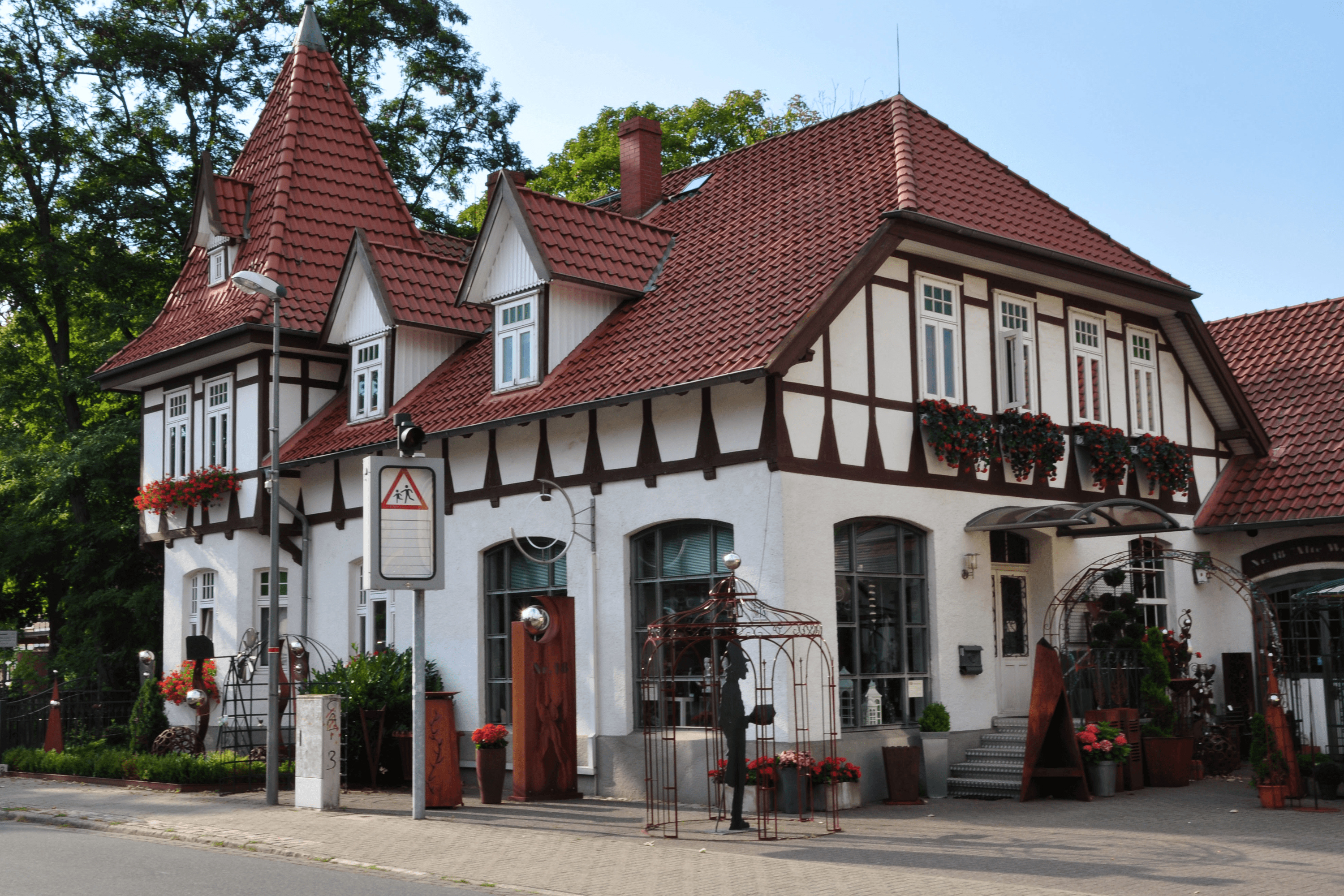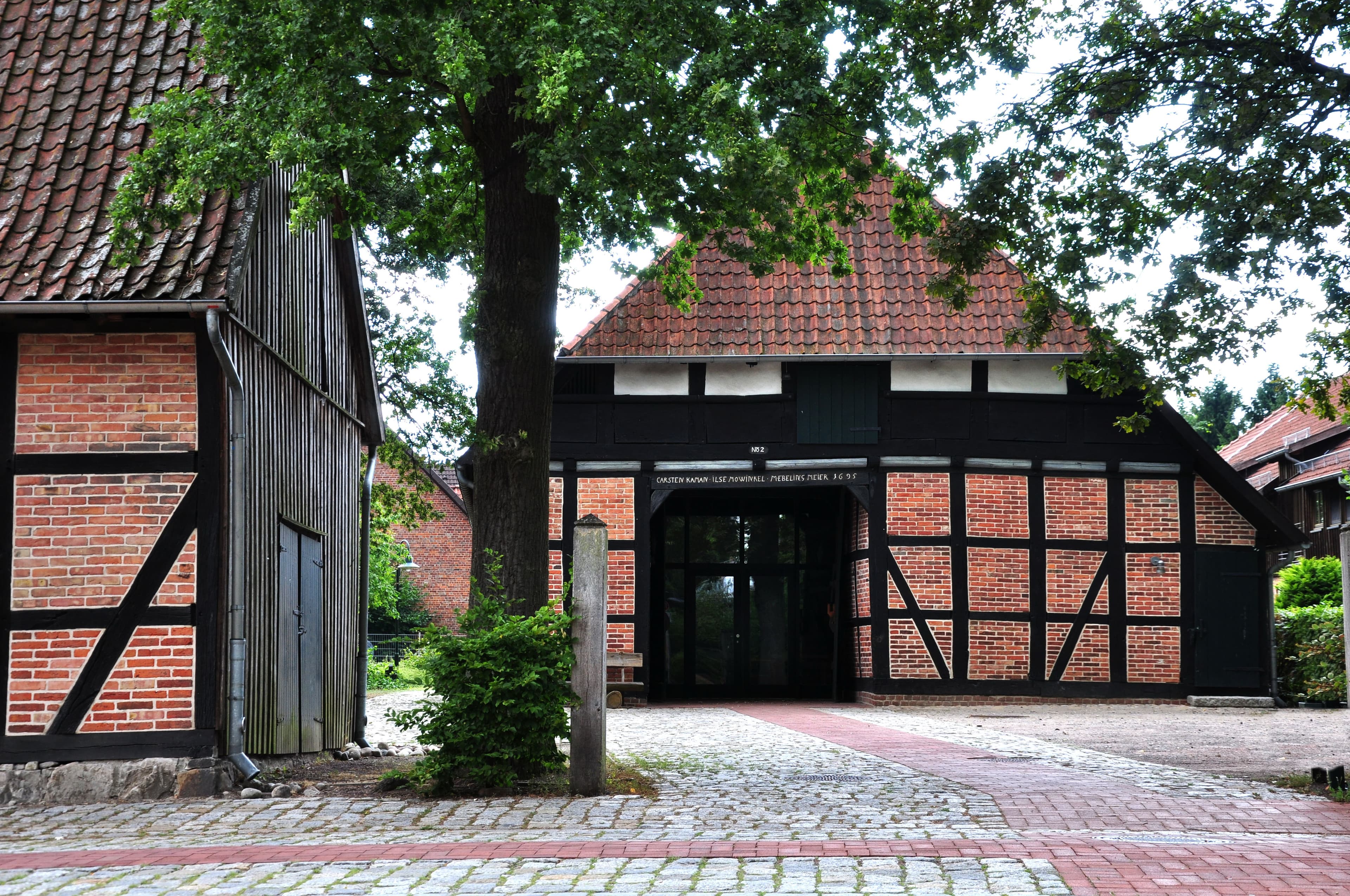©Partner der Lüneburger Heide GmbH
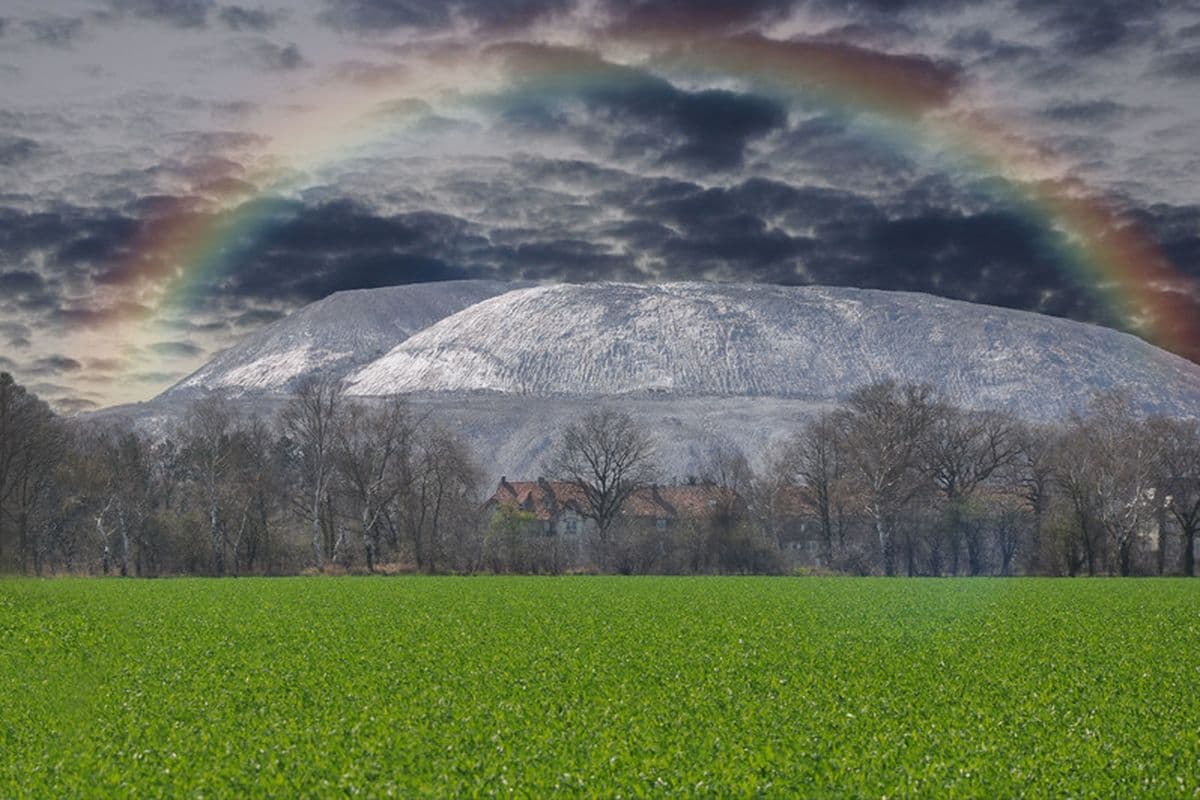
©Partner der Lüneburger Heide GmbH

©Partner der Lüneburger Heide GmbH
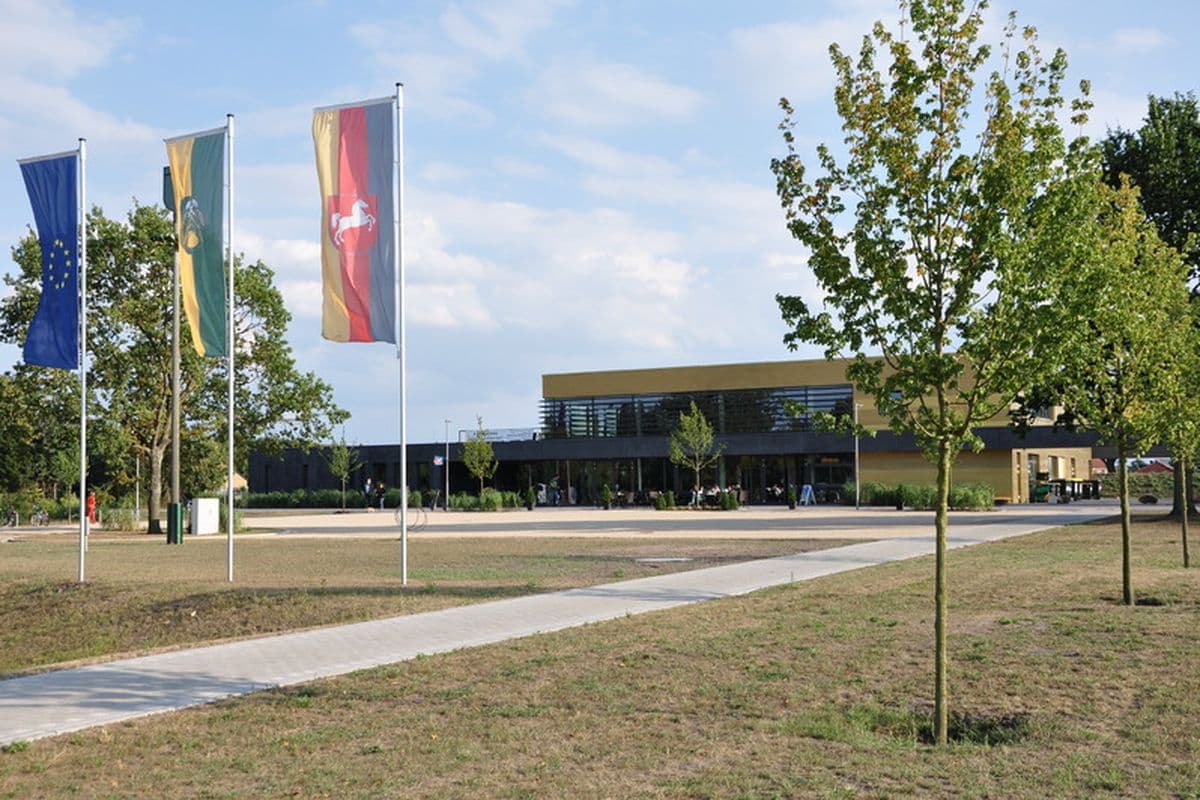
©Partner der Lüneburger Heide GmbH
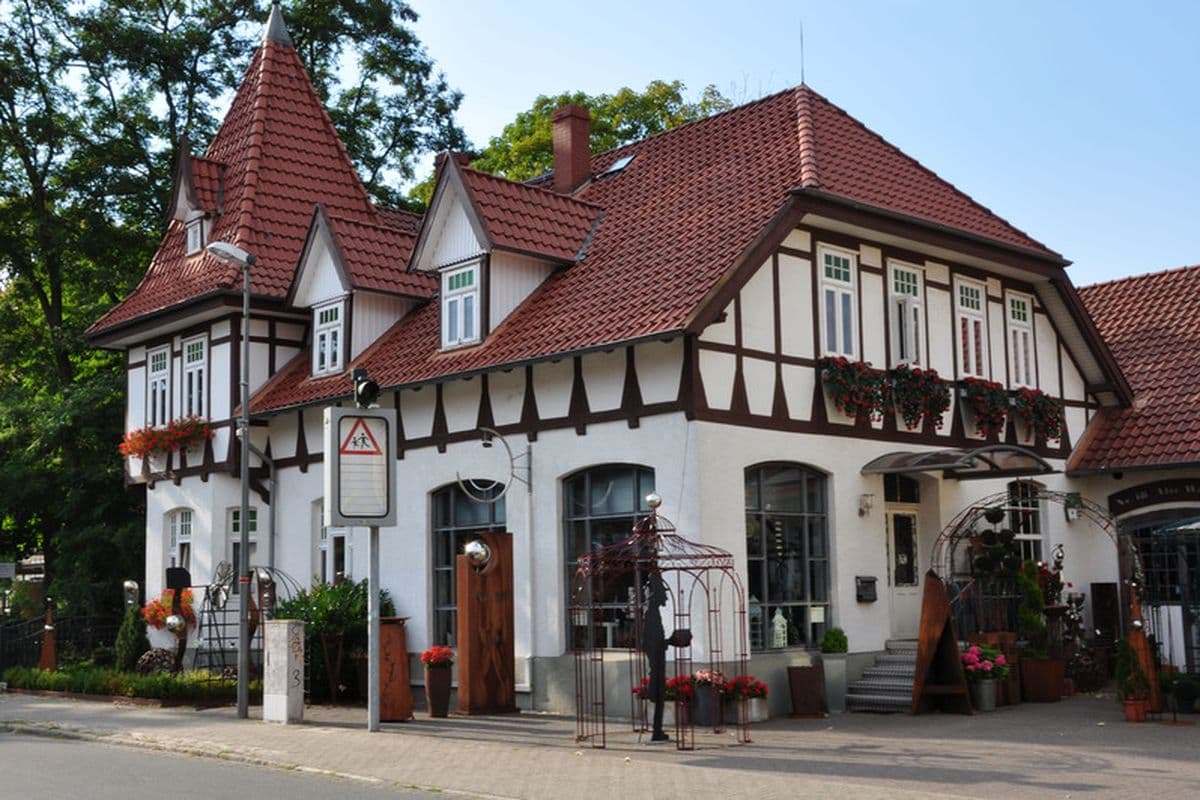
©Partner der Lüneburger Heide GmbH
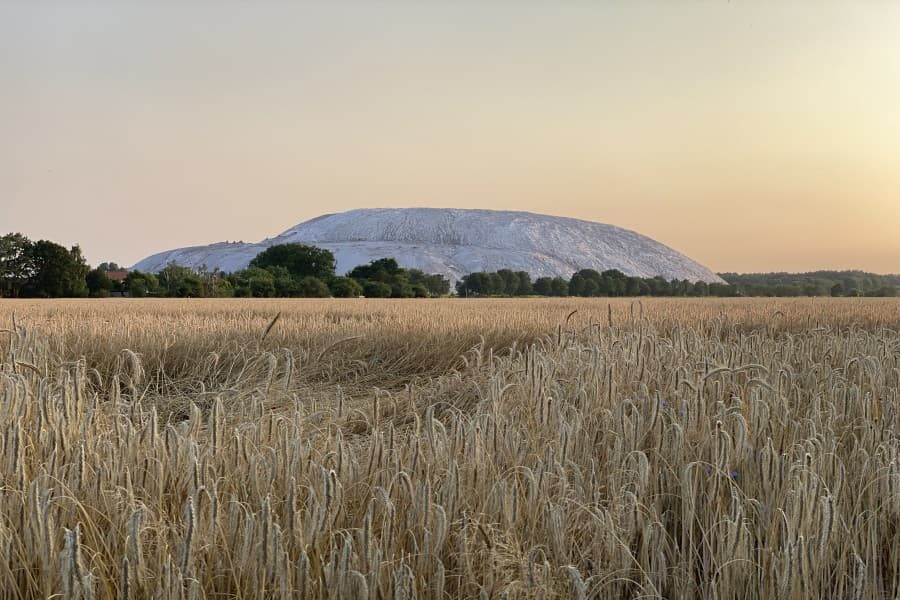
©Lüneburger Heide GmbH/Dennis Karjetta

In einem beschaulichen Mosaik aus Wäldern, Hecken, Feldern und Wiesen begegnen Ihnen viele Spuren der Energiegewinnung: von Erdölförderpumpen, die an nickende Pferde erinnern, über den Brennstoff Torf bis zu den Windrädern und Solaranlagen.
Ein Blickfang auf dieser 35 km langen Radrundtour ist der Kalimandscharo, wie die alte Kalihalde auch genannt wird.
Ein Blickfang auf dieser 35 km langen Radrundtour ist der Kalimandscharo, wie die alte Kalihalde auch genannt wird.
Besonderheiten auf dieser Tour
Torfabbau
Torf diente zum Heizen und Kochen
Die Bewohner von Großmoor und Adelheidsdorf gingen bis ca. 1964 noch ins Moor, um Torf zum Heizen und Kochen zu stechen.
Die Torfschicht war bis zu 1,80 m tief. Durch die vorangegangene Trockenlegung konnten die Flächen begangen werden, ohne zu versinken. Der Torf wurde Schicht um Schicht mit einem scharfen, langen Spaten in kleine, rechteckige Ballen gestochen und zum Trocknen gestapelt.
Weil der Torf im großen Moor Richtung Ehlershausen nasser war, musste er vor dem Trocknen noch „gebacken“ werden. Dafür wurde das Torf-Wasser-Gemisch in Holzformen gefüllt. Nach kurzer Entwässerungszeit konnten diese Ballen dann ebenfalls ohne Rahmen aufgeschichtet werden.
Die heizfertigen Torfballen wurden nach einer Trockenzeit von zwei Monaten mit kleinen Loren auf Schienen aus dem Moor gefahren. Einige Landwirte setzten auch Pferde ein. Sie trugen schneeschuhähnliche Platten unter den Hufen, damit sie nicht einsanken.
Im Heimatmuseum Nienhagen erfahren Sie mehr über den früheren Torfabbau in der Region.
Kaliberg
Halde erinnert an Kaliwerk
Die Abraumhalde, das rund 83 m hohe Wahrzeichen Wathlingens, erinnert an das ehemalige Kaliwerk, das vielen Generationen von Bergleuten Arbeit gab.
Während der Salzberg – liebevoll auch „Kalimandscharo“ genannt – in der Sonne weiß leuchtet, schimmern seine Tonanteile bei Regen bräunlich. Der Abbau von Kalisalz und Steinsalz begann im Jahr 1910 mit der erfolgreichen Bohrung bis in 700m Zieltiefe.
Nach der Stilllegung im Jahr 1996 wurde der Förderturm gesprengt. Zur Flutung der unterirdischen Hohlräume wird Flusswasser der Fuhse sowie das gesammelte Sickerwasser des Salzberges in den Schacht eingeleitet. Für die Zukunft ist eine Abdeckung und Begrünung der Halde sowie die Nutzung als Naherholungsgebiet geplant.
Der Verein Kalibahn Niedersachsen Riedel e.V. setzt sich für den Erhalt der Kalibahn ein. Die Vereinsmitglieder halten die Gleise in Stand und bieten im Sommer Fahrten mit der Fahrraddraisine, Handhebeldraisine oder Großdraisine an.
Erdölfeld Nienhagen
„Schwarzes Gold“ sprudelt bis heute
Nienhagen ist bekannt für seine reichen Erdölvorkommen. Erstmals entdeckt wurde das „schwarze Gold“ hier im Jahre 1889. Der Bohrpionier Anton Raky aus Salzgitter gründete Ende der 1920er Jahre die erste Nienhagener Bohrgesellschaft. Die Bohrung Aue 1 war 1931 mit 1.322 m die tiefste Bohrung Deutschlands. Zur Geschichte der Erdölförderung gehört auch der große Brand von 1934, bei dem sechs Arbeiter starben und viele verletzt wurden. Seit der Entdeckung fanden in Nienhagen über 1.000 Bohrungen nach Erdöl statt und mehr als 300 Fördertürme wurden errichtet. Auch heute wird im Nienhagener Ölfeld noch Erdöl gefördert.

